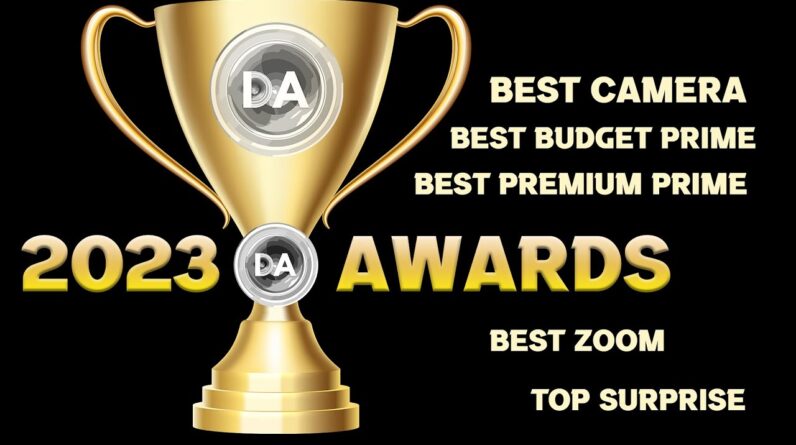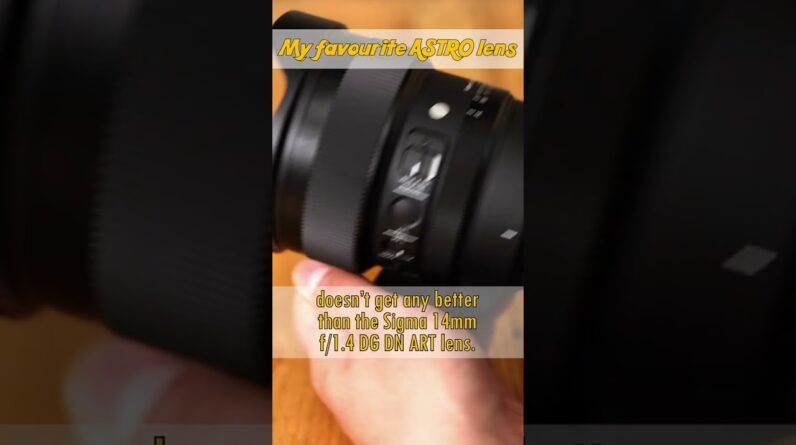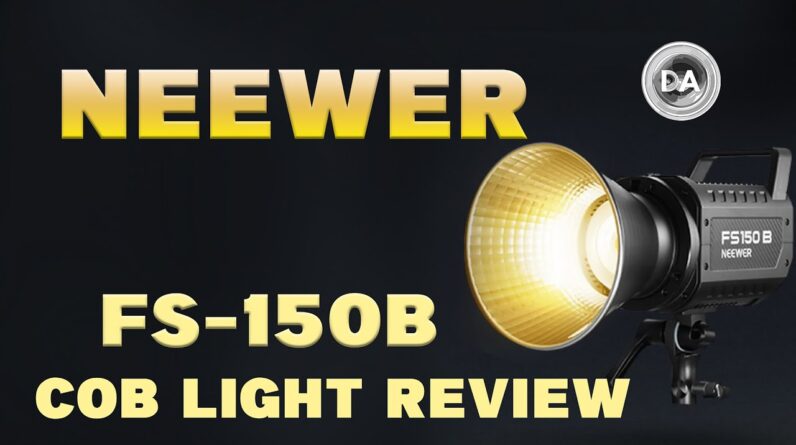Welcome back deep every TV viewers it is Chris Nichols here and today we want to Demystify a very important topic about Exposure and that is this term e-ttr now You know there's a lot of opinions out There a lot of people saying you should Do it you shouldn't do it and we just Wanted to throw our two cents in because Well we haven't done it yet and we think It is about time now what does this ettr Business stand for is it exposure Through the retina sounds accurate but No it's not that is it exposure to is Truly rotten yes it is sometimes it can Be very tricky and that's partly why we Are talking about this today is it Everybody's talking trash about Rico Pentax I mean yeah sadly too much They're a great company you cut it out But really what ETR stands for is Exposure to the right the right of what Well we're really primarily talking About our histogram when you look at a Histogram on your camera this is a chart Showing you where all the tones in your Image fall and tones on the left side of The histogram that represents more Towards your darker tones tones on the Right side of the histogram that is more Of your brighter tones and as you change Exposure you can move these tones to the Right or the left of your histogram and As you move to the right what you're Basically doing is making your photo
Look brighter and that is key because as You add more data to the right side of Your histogram you get some benefits to Your image quality your digital camera Is not by default generally going to Exposed to the right it's by default Going to exposed more to a natural Balanced exposure and that's a very Reasonable decision on the camera Manufacturer's part because you know if You're starting out you're shooting Jpegs you want those jpegs to look Properly exposed natural colors and so You know this isn't something you want To be changing too much afterwards in Post so if you are a JPEG shooter and That's where you're at right now that's Great but you're probably not going to Need to pay attention to this too much I Mean feel free to I don't know go to Your next video or unsubscribe right I Don't want everyone to do but if you are Now in the stage where you're shooting Raw files and you want to go into your Software afterwards and start making Some changes to the overall look of your Image then there are some benefits that I want to share with you okay so now we Are willing to shoot raw and we're Willing to add more actual light to the Sensor at the time of taking the Photograph you know what we're trying to Do here is get a better signal to noise Ratio just get more data across all of
Our tones so that we start out with less Noise in the first place now the key Thing is we need actual light what I Mean by that is we cannot expose to the Right using ISO we need actual light Coming to the sensor so that means that We can slow down our shutter speed that Means that we can open up our aperture Or if you're using artificial lights Like right now Jordan's going to turn These lights up we're actually going to Boost the actual artificial light Exposure and that's getting again that Actual light to the sensor now when you Look at me now I don't look properly Exposed right I'm washed out color Saturations down everything looks too Bright but that's okay the key thing is We want to push our exposure as far to The right as possible while still Keeping the highlights that are Important to us I don't want you to feel Like you have to maintain every single Highlight in the image if there's things In there that you are fine with Completely losing like the sun or Intensely bright street lights in the Background or something fine but push it As far to the right as you can using Actual light while still maintaining the Highlights that are important to you and Your photograph all right so it's one Thing to talk about it but now let's Show you some practical examples and the
First thing I want to talk about is like A moody portrait and this is where we Actually do want to end up with more of A low-key look deeper Shadows a darker Overall feel and that's wonderful There's nothing wrong with that but There's a couple ways that we can do This so one way is we simply give the Camera less light right we under expose The image until it looks Moody and deep And if I was shooting at jpeg that's Probably what I'd want to do but by Providing the sensor less light we are Going to start out with more noise and On top of that let's say that we want to Raise some of those Shadows afterwards You know we're going to go into Photoshop we're going to brighten some Of the stuff up that might have been too Dark well you're not adding noise doing That but you're certainly revealing the Inherent noise that was there present in The first place okay now let's look at Exposing to the right using that Technique so I'm going to add actual Light I'm going to slow down my shutter Speed open up my aperture and we can see Here the photo doesn't have that deep Moody look okay it looks Overexposed I'm Making sure that I only add enough light That I still have the highlights that Are important to me maintained now when I go to my post processing software I'm Going to bring down all of those tones
To where I finally want it to end up and The benefit here is a couple things First off by adding more light we Started out with less noise in the image The second thing is by bringing my tones Down to where I want them to be moody I'm not raising anything and making any Noise there even more visible so now We're still getting beautiful highlights We're getting nice Deep Shadows and just Overall we have better image quality Okay so let's take a look at the two Images now and when we start looking at The the noise is it a humongous Difference no and I mean that's not Really the point the point is that one Of these though does have more tonal Quality and less noise to begin with and So you know we start to ask ourselves is This something that's important to do Well the first thing I want to point out Is you can't always do this okay there Are situations where you need a fast Shutter speed you need a specific Aperture and you might have to crank Your ISO and that's fine in those Situations do what you would normally do But when you have the opportunity to add More light by doing an aperture change Or shutter speed change or perhaps Raising the natural light that's in the Environment that can be a really Positive thing to do so when you can use This technique is it really worth doing
The extra steps I mean in the end I think that's Entirely up to you you know we're Spending a lot of money to get the Latest sensor to get brighter lenses and That's all because we're trying to seek Better image quality if there's a Situation where you can do it for free Just by adding more light to the actual Exposure in the first place why not do It there are some situations where Exposing to the right but keeping the Highlights that you really want might Actually mean that you're under exposing The image let's take a look an example Here so now we've got a landscape with a Bright sky and you know what we're going To deal with is the camera by default Again trying to balance everything right Trying to get some of the Shadow detail In the foreground trying to get some of The highlights in the sky but it's Letting some of those highlights go and This might be a situation where you say Actually those highlights are really Important to me when highlights get too Much light and they blow out beyond the Dynamic range the sensors cable Recording they're gone forever there's No getting them back so in a situation Like that we're actually going to bring The exposure down okay now the first Thing you want to do is if your ISO is Raised you'd want to drop that but
Assuming that's at its lowest now we're Actually going to close down our Aperture or speed up our shutter speed Or both and what we're going to do is Bring the exposure down we're going to Watch that histogram and we're going to Make sure that the parts of the scene That we want protected are actually Within range now does that mean that by Reducing the amount of light getting in The sensor those mid tones and shadows That go darker are going to get less Data we're going to get more noise in Them yes unfortunately it does but we Cannot recover blown highlights we can To some degree recover Dark Shadows They're going to start out more noisy Than before and when we raise them up in Post-processing software we're going to Reveal all of that noise and that's just The way it is but sometimes you have to Make decisions to really protect what's Important to you in the photograph and Frankly if you can do it use a tripod Use multiple exposures you know HDR take Some exposures darker some for the Midtone some for brighter tones put them Together and then you just get a really Nice expanded dynamic range to play with But otherwise if you've only got one Shot at it you got to make an important Decision and that's why we're showing You this in the end I don't want you to Feel like you have to do this I just
Want it to be a tool that is an option At your disposal and I just think it It's important to understand How exposure works and what your camera Is doing in the background anyways just So you can get the best result possible For you whatever that may be the other Thing I want to ask for is actually from The manufacturers we could use some help Here because I think it would be very Useful with the modern metering systems In the camera to have options like do You want to expose to the right in this Situation that might be a nice little Function that you could just turn on and Then not have to really mess around with Knowing all of the stuff yourself Another thing would be really important Is better histograms because currently The histogram that we're using to judge All these exposures is based on the JPEG But you actually have a little bit more Range than what the jpeg is giving you Your raw files have a little bit of Extra space and so that should be really Nice to have the manufacturers provide a Histogram that shows you what your raw File can do as far as keeping those Highlights safe and how far you can go With your exposures so that we'd like The manufacturers to do but otherwise Please leave your comments below as Always we appreciate the feedback check Out the social stuff please go with that
Like subscribe we always want you to do That as well thanks so much for joining Us we'll see you soon with more deep Review TV [Music] Foreign






